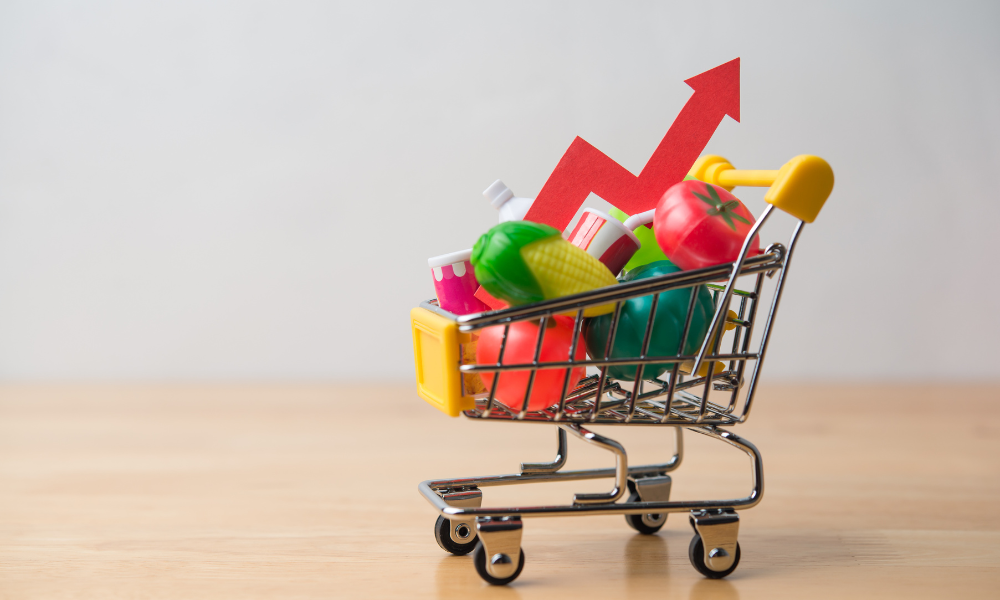

by Celia Bergin
Global food prices rose to a two-year high in April, a sign that tariff uncertainty is starting to put a squeeze on trade.
A United Nations index tracking raw commodity costs of food rose to 128.3, a 1% month-on-month jump, taking it levels last seen in March 2023. While it takes time for the impact to filter through to supermarkets and the gauge remains well below a 2022 peak, the move hints at the possibility of pricer groceries after a period when food inflation had eased.
“Currency fluctuations influenced price movements in world markets, while tariff policy adjustments raised market uncertainty,” according to the Food and Agriculture Organization. Meanwhile, jumps in the prices of grains, meat and dairy also pushed the index higher.
Price volatility for agricultural goods, stemming from moves such as President Donald Trump’s tariffs and the subsequent retaliation from trade partners, had been flagged earlier this year. Despite a 90-day pause on some levies, global markets have been roiled by the policy back and forth of recent weeks.
Copyright Bloomberg News

Rajesh Markan earlier this year pleaded guilty to one count of criminal fraud related to his sale of fake investments to 10 clients totaling $2.9 million.

From building trust to steering through emotions and responding to client challenges, new advisors need human skills to shape the future of the advice industry.

"The outcome is correct, but it's disappointing that FINRA had ample opportunity to investigate the merits of clients' allegations in these claims, including the testimony in the three investor arbitrations with hearings," Jeff Erez, a plaintiff's attorney representing a large portion of the Stifel clients, said.

Chair also praised the passage of stablecoin legislation this week.

Maridea Wealth Management's deal in Chicago, Illinois is its first after securing a strategic investment in April.
Orion's Tom Wilson on delivering coordinated, high-touch service in a world where returns alone no longer set you apart.
Barely a decade old, registered index-linked annuities have quickly surged in popularity, thanks to their unique blend of protection and growth potential—an appealing option for investors looking to chart a steadier course through today's choppy market waters, says Myles Lambert, Brighthouse Financial.
